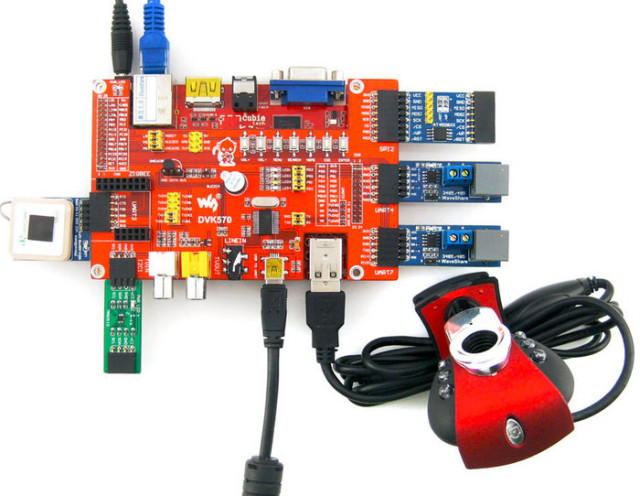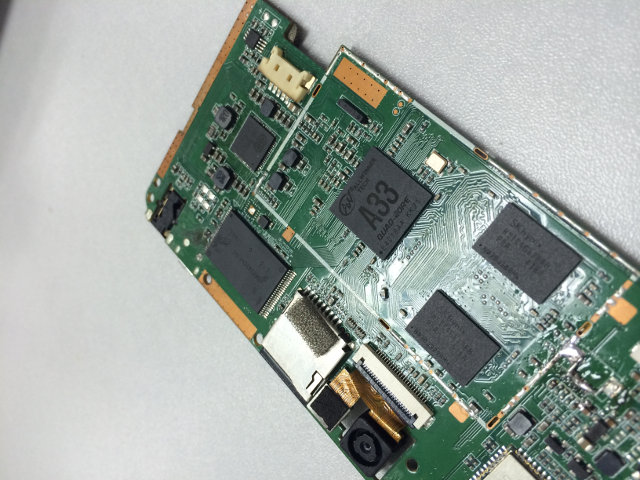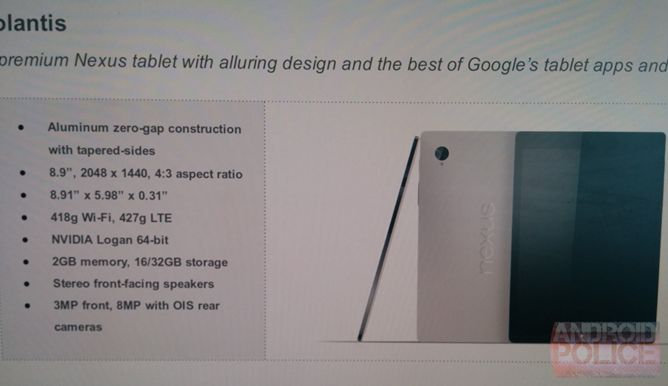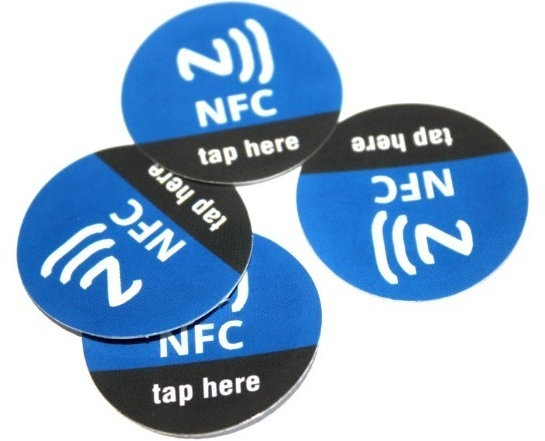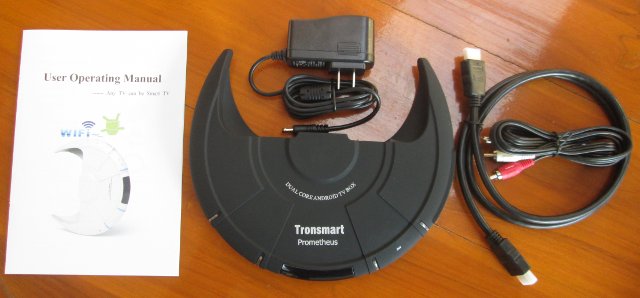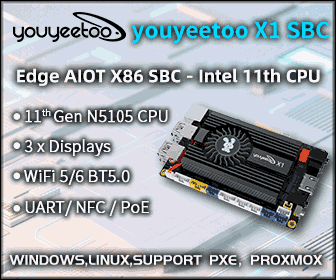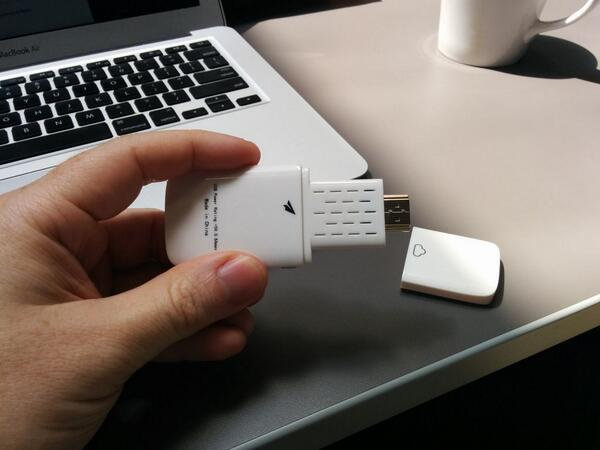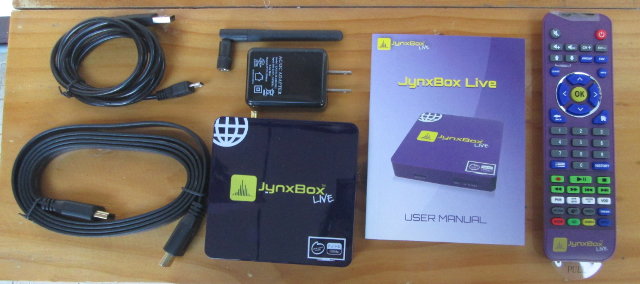CubieTruck is one of the development boards made by CubieTech. It is powered by AllWinner A20 with 2GB RAM, Gb Eternet, various ports, and supports Android and multiple Linux distributions. Waveshare Electronics has just launched DVK570 daughter board for the CubieTruck which adds support for TV in and out, a buzzer, and headers to connect modules such as GPS, RS485, an SPI flash, a Zigbee module, a magnetometer, or a temperature sensor. Hardware features of DVK570 daughter board: CubieTruck Headers – 1x 30-pin header and 1x 24-pin header for connection with the CubieTruck Video – TVIN in, and TV Out interfaces (CVBS) Audio – 3.5mm Line IN interface Debugging – UART interface, micro USB port with USB to UART chip (Profilic PL2303) Expansions for add-on modules: 1x 4-pin I2C interface to connect I2C modules such as PCF8563 RTC Module, MAG3110 Board, and more 2x 6-pin UART interfaces (UART4 and 7) […]
Raspberry Pi Compute Module Development Kit Is Now Available for $200
The Raspberry Pi foundation announced a computer-on-module which they called the (Raspberry Pi) Compute Module that will be mostly software compatible with the Raspberry Pi board, and sell for $30 in quantities. They have now announced the availability of the development kit that includes a baseboard (called Compute IO board), display & camera adapter boards, as well as a 5V power adapter, jumper wires, and a USB cable. As a reminder the Compute Module has the following hardware specifications: SoC – Broadcom BCM2835 ARM 11 processor @ 700 MHz with Videocore IV GPU System Memory – 512MB RAM Storage – 4GB eMMC Flash SoM Connector – DDR2 200-pins SODIMM Dimensions – 67.6x30mm board which fits into a standard DDR2 SODIMM connector The Compute IO Board come with two micro USB connectors (one reserved for power), a USB 2.0 host port, two DSI ports for display, two CSI ports for a […]
AllWinner A33 Quad Core Processor to Cost $5 With PMIC, Tablets Starting at $40
With their latest A33 SoC, Allwinner may have put a nail in the coffin of dual core application processor for tablets, as Eva Wu, AllWinner’s Marketing Manager, has just released some pricing info, and AllWinner A33 with AXP223 PMIC (Power Management Integrated Circuit) reference price is only $4.99, paving the way for ultra cheap quad core Android tablets. I’ve also been given some estimates for (factory) prices for different tablet’s types powered by AllWinner A33: About $40 for 7″ tablets (800×480) with 1GB DDR3, and 8GB Flash. About $45 for 7.85″ tablets (1024×768) with 1GB DDR3, and 8GB Flash. About $50 for 8″ tablets (1280×800) with 1GB DDR3, 8GB Flash. With four ARM Cortex A7 cores, a Mali-400MP2 GPU, and limited display resolutions, you won’t get an amazing user experience, but for a first tablet, or a kid’s tablet, it looks pretty good value. I estimate that Chinese stores may […]
HTC / Google Nexus 9 To Feature Nvidia Tegra K1 Dual Core 64-bit ARMv8 Processor
ARMv8 (64-bit ARM) architecture has been seen in servers, and announced in mobile SoCs, but, putting aside some Apple products, we have yet to see any consumer products based on the latest ARM architecture. But this will change soon, as HTC Volantis, which could become Google Nexus 9 based on the picture leaked via Android Police, will feature an “Nvidia Logan 64-bit” SoC, which can only be a Tegra K1 dual core ARMv8 SoC announced at CES 2014. HTC Volantis / Nexus 9 specifications: SoC – NVIDIA Tegra K1 (logan) dual core 64-bit Processor System Memory – 2GB RAM Storage – 16/32GB internal storage Display – 8.9″ Display at 2048×1440 (281ppi) Camera – 8MP main camera with OIS, 3MP front facing camera Audio – Stereo front-facing speakers Dimensions – 22.63×15.19×0.79cm Weight – 418g, or 427g with LTE The assumption is that it will be released as the latest major release […]
NFC Tags Now Sell for Just 50 Cents
Your smartphone’s NFC capabilities don’t have to be used only for payment or marketing purposes, and NFC tags can allow to create some sort of real-life short cuts to do various things by simply tapping your phone on the tag including: Automatically enable and configure Wi-Fi. This can be convenient if you are friend coming to your home, and they can just tap on the tag to get Wi-Fi access without the need to know the password Home automation – You can control items in your home, i.e. turn on/off your computer, lights, doors, etc… with a tag. Virtual Business Card – You can store your contact details in a tag and share your data with others quickly and easily. More use cases can be found on “18 Creative & Useful Ways To Use NFC Tags With Your Smartphone” post on trendblog, and it can even be used as a […]
Giveaway Week – Tronsmart Prometheus Android STB
The last product for this giveaway week will be Tronsmart Prometheus, and Android TV Box with hardware specifications very similar to Gbox Midnight MX2, namely an Amlogic AML8726-MX dual core processor, 1GB RAM, 4GB flash, HDMI and AV output, optical S/PDIF output, Wi-Fi and Ethernet connectivity and 3 USB ports. My first review had Prometheus run Android 4.1 firmware, but since a firmware update meant it was one of the first Android media player that could run Android 4.2 and XBMC, I also decided to write an updated review, in which I found the firmware to be responsive and stable, XBMC to work as expected except for a few videos (RMVB, MPEG-2) and more critically audio/video sync issues, but these have been fixed in a subsequent firmware update. To enter the draw simply leave a comment below. I can’t find the HDMI cable, so it won’t be included in the […]
Mozilla Netcast is ChromeCast-like Device Powered by Firefox OS
According to Gigaom, Mozilla has been working on an HDMI TV dongle that might be codenamed Netcast with ChromeCast like video streaming and screen mirroring functionalities, and that runs Firefox OS with an open bootloader. There aren’t any hardware details available for the device, but we more or less know how it will work. As you are using your Firefox browser or another Firefox OS, you can simply click a “Casting button” to watch YouTube videos, mirror the screen or so on. I also understand it will be compatible with ChromeCast apps. Gigaom got hold of an engineering sample and gave it a try run Firefox browser in Android (Nexus 7), and playing a YouTube video on the TV using Netcast. It’s also working with Google Music, Plex, but some other apps are not working just yet. Mozilla’s media casting device has not been officially announced yet, so we don’t […]
Giveaway Week – Jynxbox Live TV Streaming Box
The sixth prize of this giveaway week on CNX Software will be Jynxbox Live. It’s a standard Android TV box based on Rockchip RK3066 dual core processor, except it has software that normally allowing live streaming of about 300 TV channels around the world, and sells at a steep price compared to Android media player based on similar hardware. However after installing the Live TV app, which is not included when the box ships, possibly due to legal reasons, I could only load 10 TV channels, and none of them would play. I’m not exactly sure why, maybe their server is blocked from Thailand, as other users reported the box worked just fine. There’s no Google Play store pre-installed in the box, only Jynx Market with a limited number of applications, so you may have to install another market (Amazon, Yandex, Google Play..) by yourself. To enter the draw simply […]


